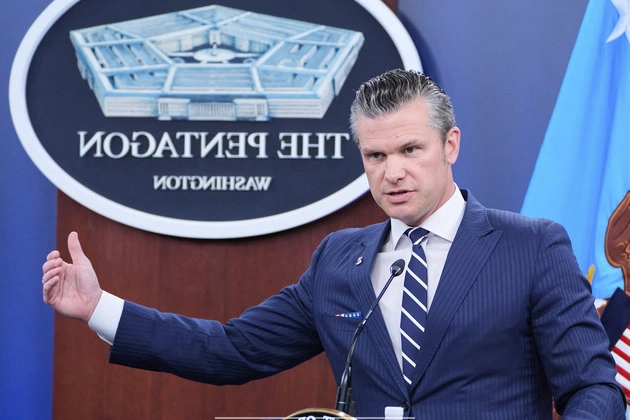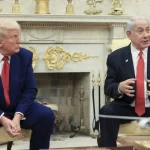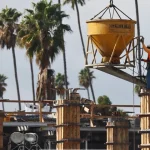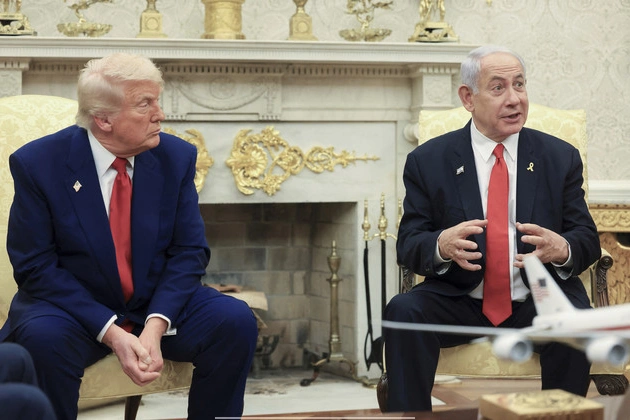
Introduction
Defense Secretary Pete Hegseth emphasized that the recent U.S. strikes on Iran’s nuclear facilities were not aimed at regime change in Tehran. However, the extent of the damage and the repercussions remain uncertain.
Key Findings
In a press conference, Pentagon officials confirmed severe damage to three nuclear sites in Iran. The operation, named Operation Midnight Hammer, targeted key facilities to prevent Iran from further nuclear development.
Attack Details
The operation involved B-2 Spirit bombers and a guided missile submarine, marking the first use of the GBU-57 Massive Ordnance Penetrator. President Donald Trump hailed the attacks as a success, claiming Iran’s nuclear facilities were obliterated.
Assessment and Future Concerns
Joint Chiefs Chair Gen. Dan Caine cautioned that a comprehensive damage assessment will take time. Concerns linger about potential Iranian retaliation against U.S. forces in the region.
As tensions escalate, U.S. officials are on high alert and have bolstered force protection measures in key areas. The secrecy and precision of the operation reflect the administration’s strategic approach.
International Response
The strikes have elicited mixed reactions, with some lawmakers questioning the legality of the military intervention. Calls for congressional approval for future actions in Iran have emerged.
Conclusion
The aftermath of the U.S. strikes on Iran’s nuclear facilities underscores the delicate balance of power in the region and the need for strategic diplomacy moving forward.











